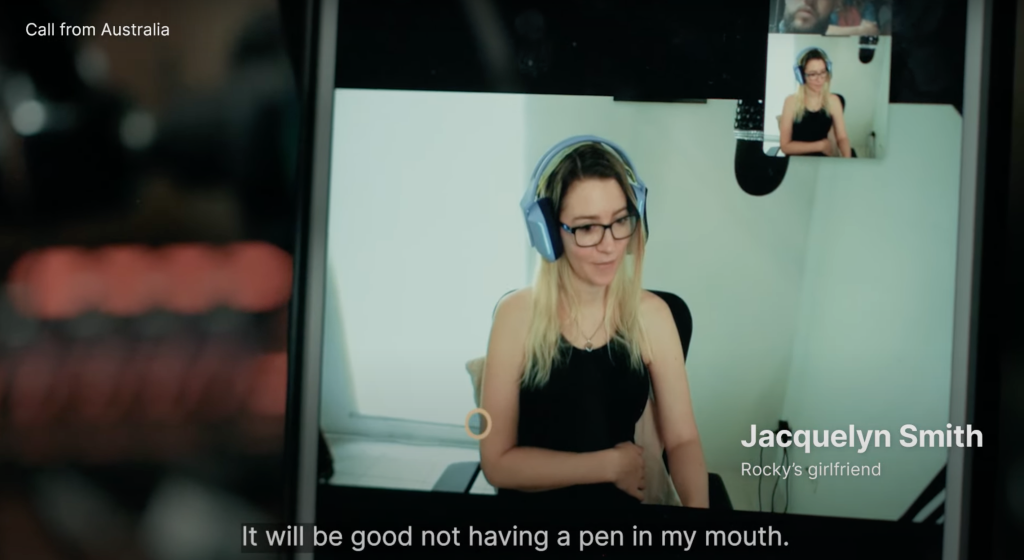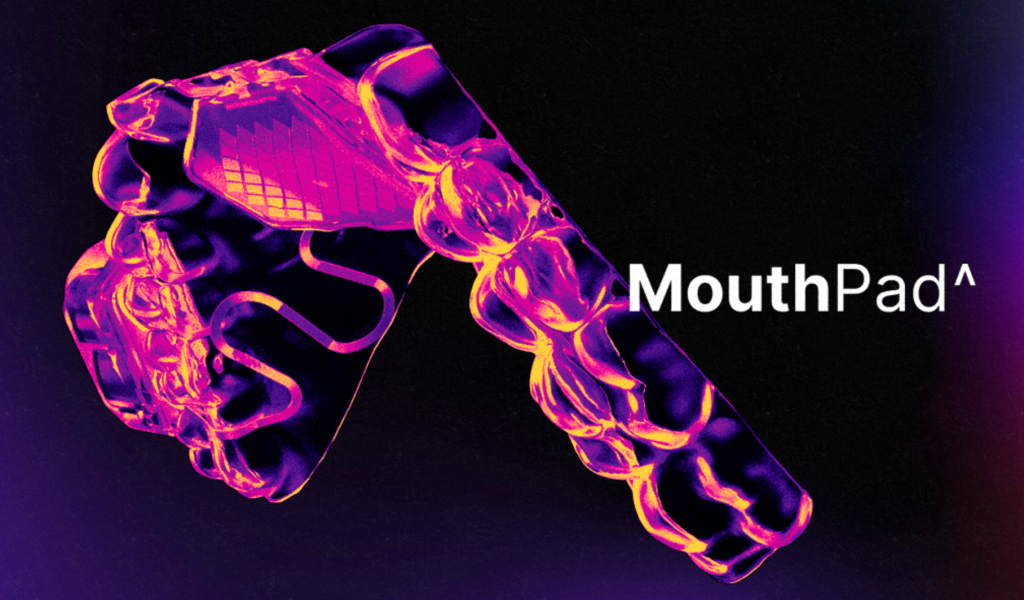During the CES (Consumer Electronic Show) 2024 event, a new assistive technology was introduced in which people can control their devices using their tongue. MouthPad^ allows people with mobility impairments to interact with their devices on a more comfortable and precise level of control.
The specifics
MouthPad^ was created by Augmental, a company focused on “universal digital access”. The product is made of the touchpad, battery, Bluetooth radio, and a retainer. The battery itself is produced by a company called Varta, known for producing safe batteries for oral and medical use. MouthPad^ primarily uses Apple’s Assistive Touch in iOS devices, but will work as long as a Bluetooth connection is available.
Is it accessible?
MouthPad^ aims to help people who have experienced spinal injuries and as a result have experienced some form of paralysis. In a broader sense, the product can help anyone with mobility impairments, ranging from a broken hand to paralysis, which already validates its effectiveness as an accessible assistive tool (after all, it should be for anyone).
Based on the characteristics of accessible technology, MouthPad^ performs as follows:
Utility
Incorporating a product to the body rather than the device allows them to perform tasks on said devices that can impact independent living (i.e. career paths in technology) and participation in society (video showed a man liking that he won’t need to have a pen in his mouth to use his device). The touchpad as an innovative replacement for existing ways that people with mobility impairments have used their devices coincides with the functional model. The economic model also opens stem and technological roles for people with mobility impairments to participate in.
Usability
Using the tongue for digital interaction for a wide range of devices is advanced and can improve the usability of said devices for people with mobility impairments. Since the actual product is placed across the roof of the mouth, it stays hidden while mimicking the function of a cursor that a mouse has. Eye-tracking and voice control can have its limitations and errors. Tongue-tracking solves that issue and improves upon the control and accuracy in usage by integrating a different part of the body.

Accessibility
Augmental laid out a clear target audience for this product: people with mobility impairments due to paralysis. It shows an intention of expanding the accessibility of our current devices. The idea of not just “losing my humanity, rather that I’m enhancing it” also takes on the functional model of disability as well as the social model in its attempt to create an enabling and accessible environment.
Desirability
One user in the video mentioned how they were able to work MouthPad^ into their sexual activities and the toys they use. Another user mentioned the easy multitasking they’re able to do by implementing the product, which has helped him “come back to life.” In various ways, this product has brought pleasure and satisfaction to the users and thus coincides with the social model.

Compatibility
On Augmental’s website, there is a chart that shows the device’s compatibility with other devices. MouthPad^ being a wireless device increases the extent of it working with as many devices as possible.
Affordability & Viability
Because the product is still in the early stages of launch, the price is not listed, and users need to sign up for early access. There’s no confirmation on how affordable an advanced product like this would cost if/when purchasable. This also means we don’t know how viable and effective the product truly is until it’s more widespread.
The Future
Overall, MouthPad^ successfully follows most of the aspects of an accessible assistive technology. However, it begs the question of what its future looks like. I’m curious about the effectiveness when used by someone who is an everyday user and not being interviewed, as well as its affordability, as I can’t imagine it’s cheap to create this kind of product. It’s also a product that brings hope, as this is a huge step towards better usability without changing the device itself or having to change something about the person that has the disability. It’s an enhancement, and an advanced one.
References
Accessibility policies: https://web.archive.org/web/20200811063633/http://www.e-accessibilitytoolkit.org/toolkit/product_development_and_design/accessible_product
MouthPad^ product page: https://www.augmental.tech/
Augmental product trailer video: https://www.youtube.com/watch?v=sGbYjF_TIVU
Article 2: https://www.engadget.com/our-favorite-accessibility-products-at-ces-2024-170009710.html
